Krakow is one of those cities that you think you can cover in a day and then discover it could easily take you a week. So, firstly, I am going back and secondly this article can only be a cursory overview of this fascinating City.
History
Founded in the 7th Century by Krakus, the mythical ruler who vanquished the Wawel Dragon from its lair where the Wawel Castle complex now stands, you get the impression that the City rather resents its bigger and uglier brother, Warsaw, for taking away its title as capital of Poland. The magnificent Vistula River runs through the City and its architecture has been relatively untouched by the nastier events of the 20th Century, both Nazi and Soviet.
It was already a major trading centre in the 10th when Moorish merchants would travel from the Caliphate of Cordoba to trade in the famed local amber. The Kingdom of Poland was created in the late 990s and in 1038 Krakow was declared its capital with Wawel Castel as the royal seat.
Invaded three times by the Tartar hordes (have you noticed they are always hordes?) the City was rebuilt in the 13th Century and surrounded by 3 kilometres of fortified walls. The City flourished in the 14th century under the enlightened rule of Kasimierz the Great (and obviously modest) and its first university, the Jagellonian, was established in 1400. For nearly two centuries, Krakow enjoyed a golden age of art, literature, education and general enlightenment until at the end of the 16th century when the crown passed to the Swedish house of Vasa, who also ended up as Tsars of Russia so perhaps weren’t too interested in Poland.
So the then King Sigismund III moved the capital to Warsaw though Krakow was left with the official site for royal coronations and burials. The next two centuries are dominated by invasions by Sweden and partitions between Prussia, Russia and Austria. Every country has its famous freedom fighter and for Krakow this is Tadeusz Kosciuszko who raised the flag of revolt in the main square in 1794 only to be defeated by the Prussians who proceeded to ransack the City and carry off the royal booty.
The 19th Century saw further development of Krakow as a modern city while Napoleon and the Austrians busied themselves with various wars. The fortified walls – remember them from the 14th Century – were razed to the ground apart from the still magnificent Barbican and Florianska Gate and replaced with the Planty Park, a series of gardens ringing the old city. Not a bad swap when you walk through these gardens and observe romantic Poles; performing acts in bandstands and the odd drunk.
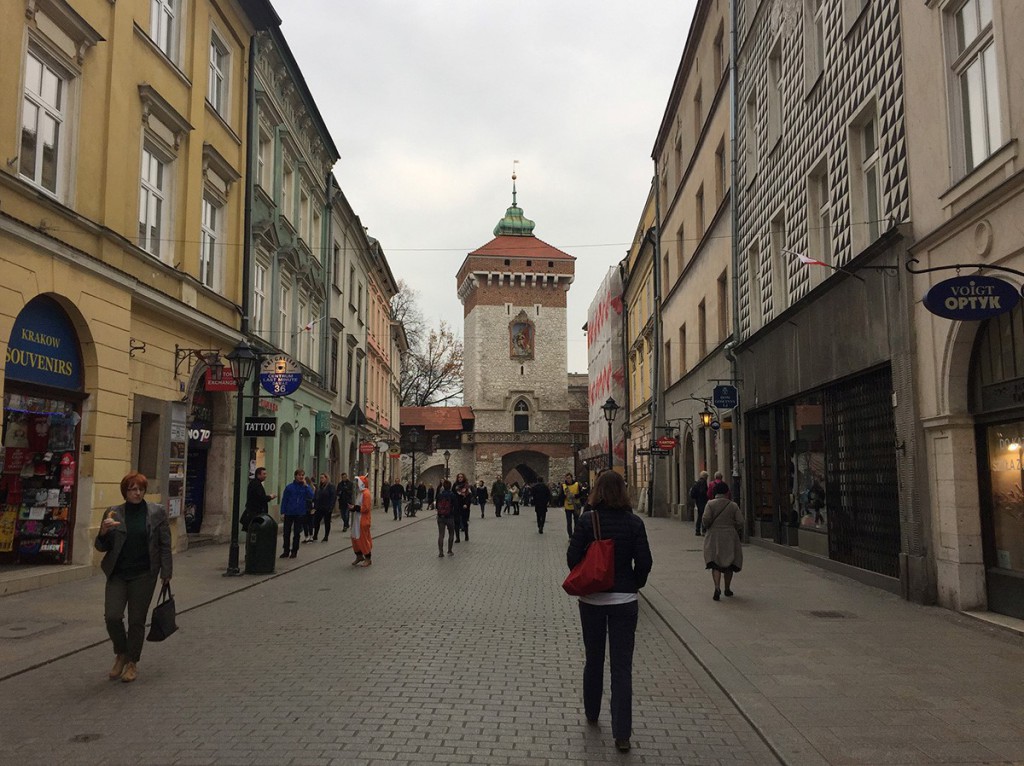
The First World War ended with the establishment of the first Polish state for over a century. This lasted almost exactly twenty years when every one’s favourite Austrian, Herr Hitler, marched in with his troops. The history of this period is truly awful as Hitler was determined to eradicate first the Polish intelligentsia; then the Jews; then the Roma; then homosexuals; the list is vile and almost endless.
Poland survived the Second World War only to fall under the benevolent aegis of the Soviet Empire, though the Russians did not ruin the Old Town, restraining themselves to building a truly hideous example of Soviet realism architecture at Nowa Huta. Then, after a period of martial law, of course, one of the world’s great moustaches, Lech Walesa, pushed hard enough at the creaking door of perestroika to enable free elections to take place in 1989 and the rest is history and the small matter of the first non-Italian Pope in 455 years.
The Trip
If you are only here for a long weekend, then may I suggest you arrive early on one of the numerous flights out of both London and regional airports and enjoy a full day walking the City? You won’t cover it all, but if you are a church fan there are enough to keep you busy for the whole weekend never mind one day. Restaurants flank the main street and surround the main square which is one of the largest mediaeval squares in Europe at 200 sq. metres.
Its main features are the Cloth Hall and the St Mary Basilica – oh and there is the Town Hall Tower; the Rynek Underground Museum; the Polish Art Gallery; the monument to the 19th century writer, Adam Mickiewicz; the Fallen head – you could spend all day just going round this lovely square.
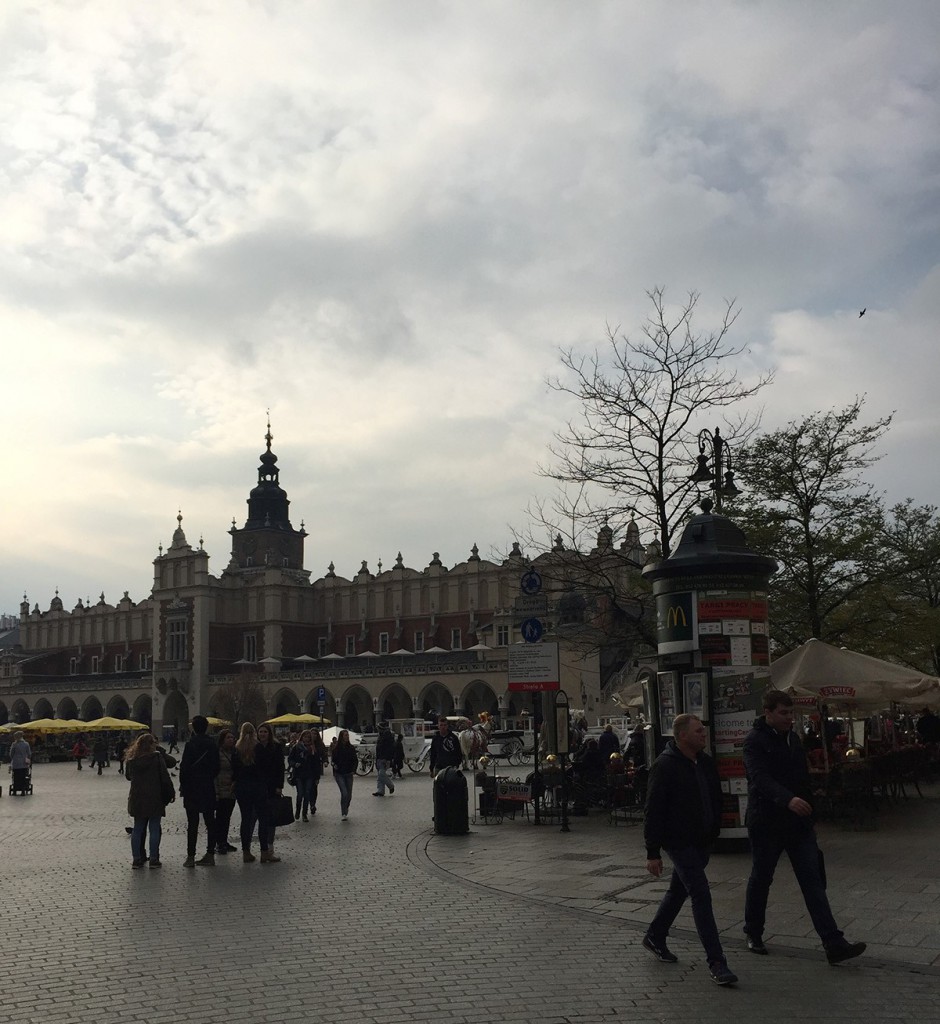
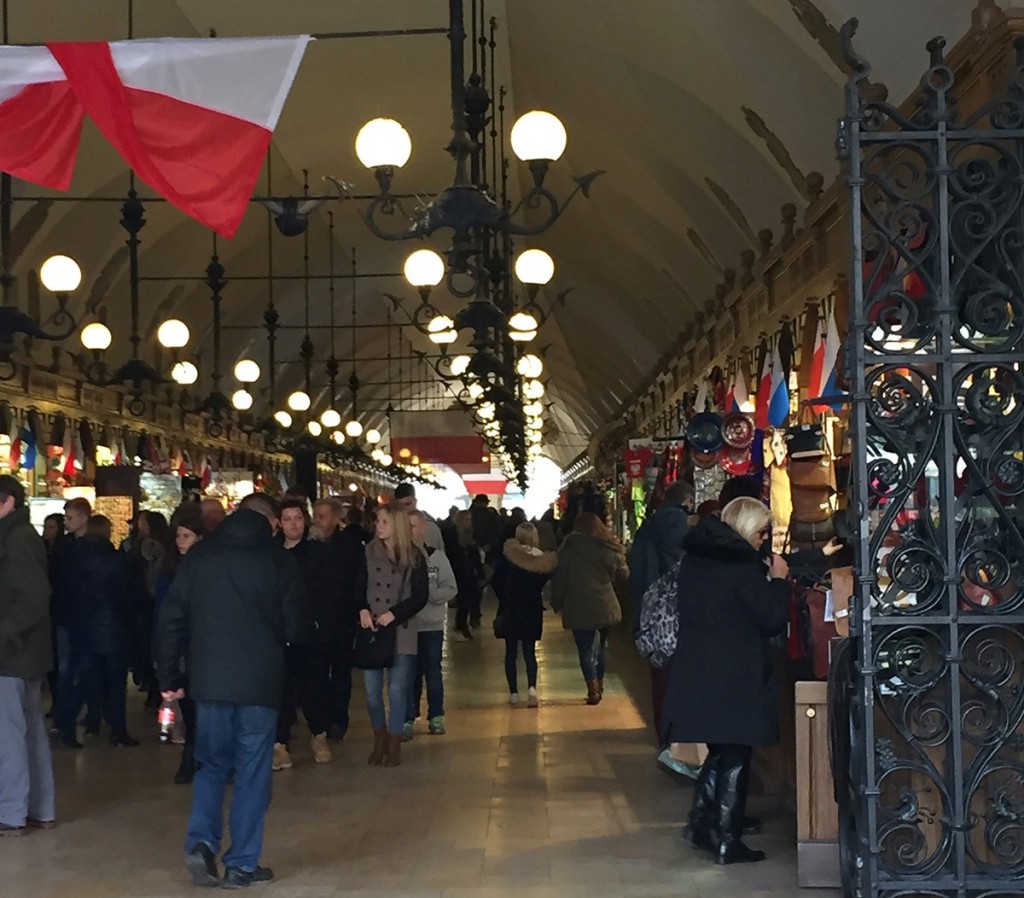
Now take a mid-morning break and visit the Polish Art Nouveau palace which is the restaurant called Jama Michalika on Florianska Street. Try a coffee and the famous cheesecake that is Sernik. OK, the staff are somewhat po-faced but the walls are wonderful and if you happen to be there when the ladies are lunching, it’s great people watching.
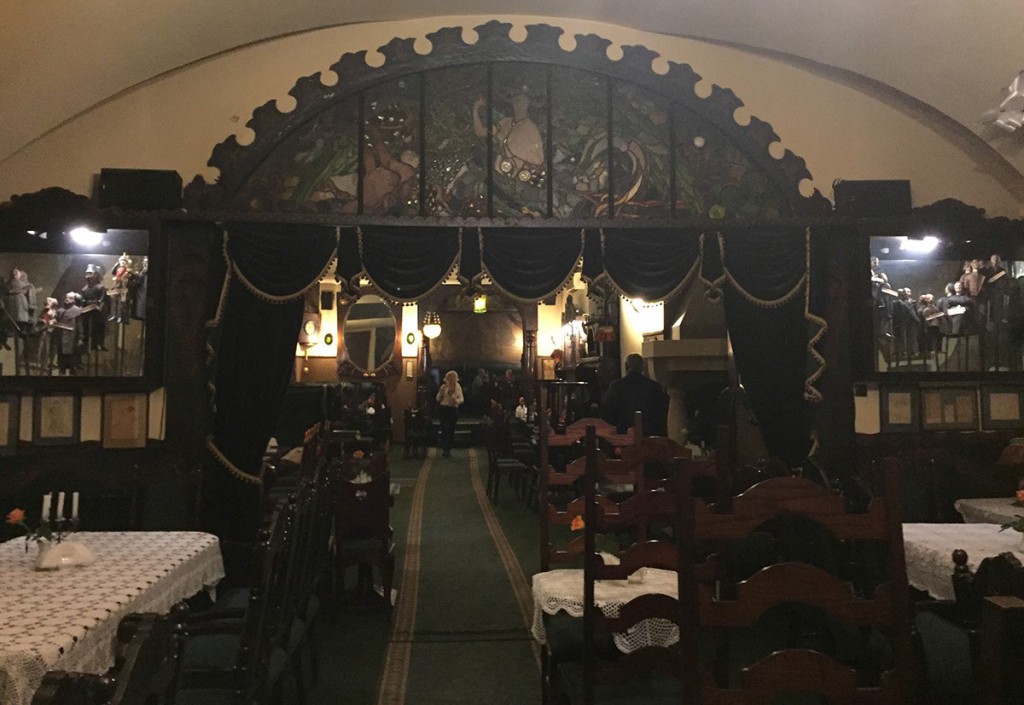
Then out through the Barbican and walk round the City through the park before striding out to the old Jewish Quarter in Kazimierz, a separate part of the area once but now absorbed into Krakow. Once home to 65,000 Jews, the community now numbers 130. There are wonderful synagogues: we only had time to visit the Temple, but it was super to be there as the Torah was brought in and put away.
Stop for tea at the Klezmer Hois hotel, the site of the Great Mikvah, a ritual bathhouse which gained notoriety in 1567 when the wooden floor collapsed and ten women drowned. For the more avant garde, this would be a great place to stay. Then move on the stores, restaurants and synagogues.
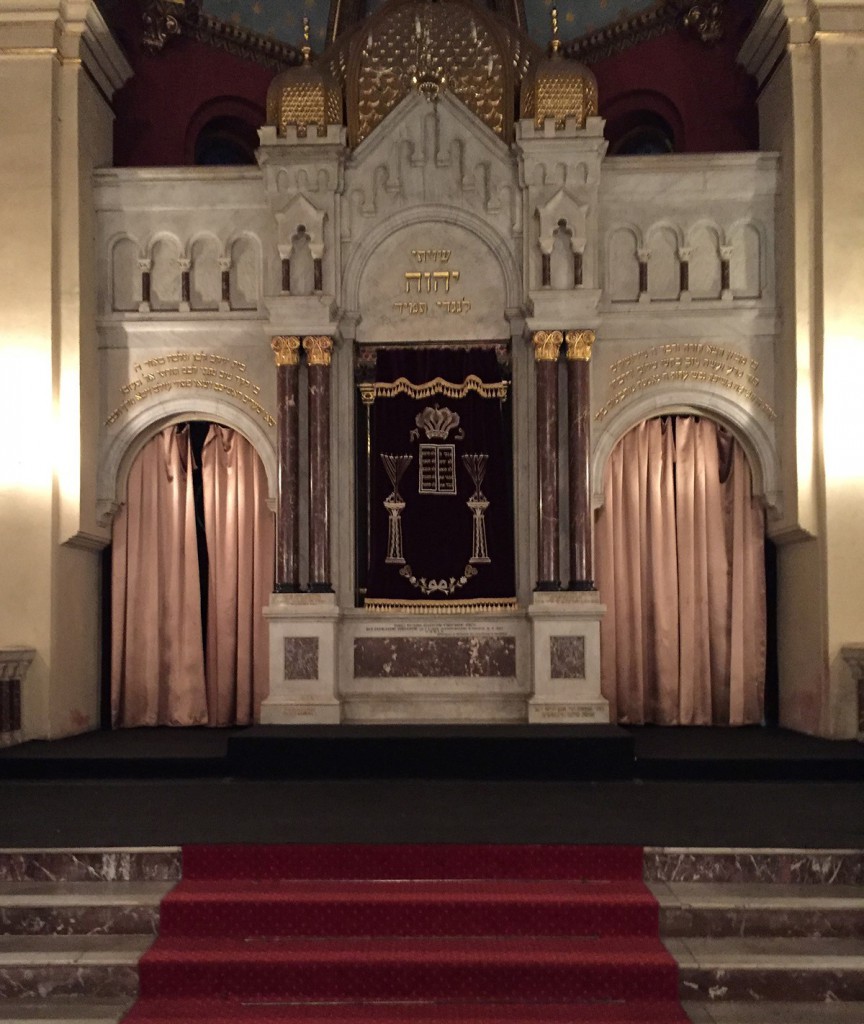
In the evening, there are great restaurants like Farina, for wonderful fish, or Under the Angels for traditional duck and goose in decorated cellars.
Day 2
We choose Auschwitz but there are salt mines; more churches; the wonderful university; the river and the Wawel Castel itself with its cathedral and currently Leonardo da Vinci’s Lady in Ermine. But we felt Auschwitz just had to be done. Adjectives are ineffective and paltry for this place and I would only urge you to go. It should be obligatory for all young people and it was heartening to see school parties trooping through storerooms full of glasses; shoes; hair; people’s former lives.
The sheer banality of this awful camp was perhaps the most shocking. One statistic among many: out of 1,300,000 who arrive at this killing field, 15,000 were Russian prisoners of war: 196 survived. One wooden building was lined with photographs of prisoners, some even reactively smiling, showing the date of arrival and the date of death, sometimes the latter measured in days and rarely more than six months.
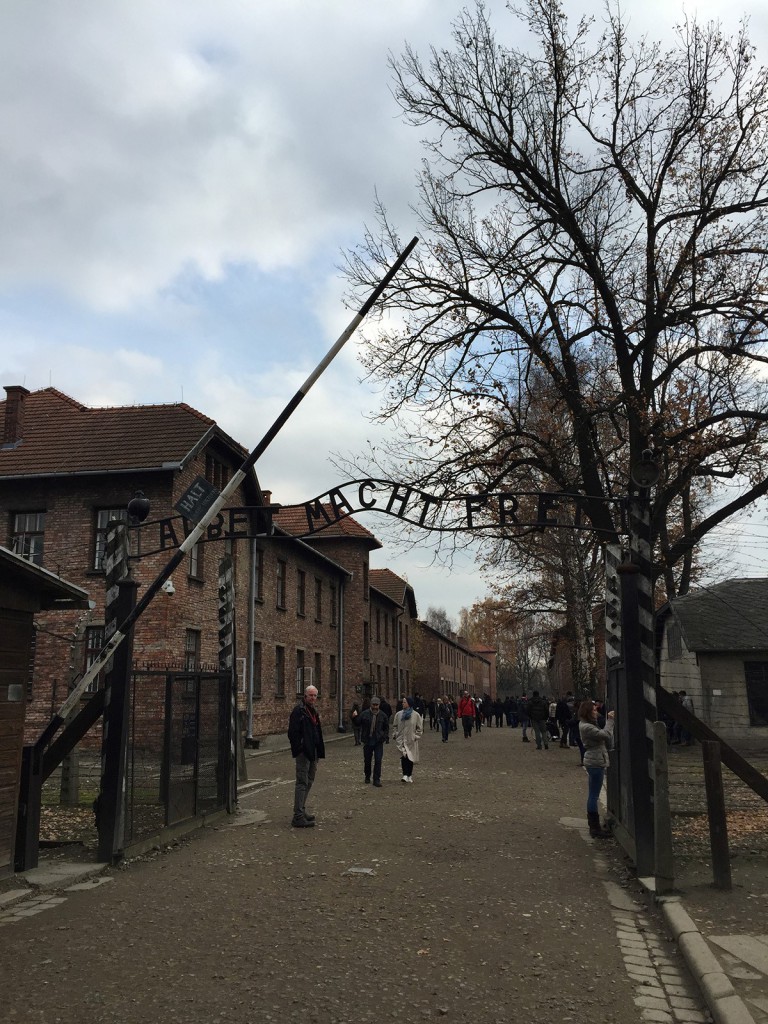
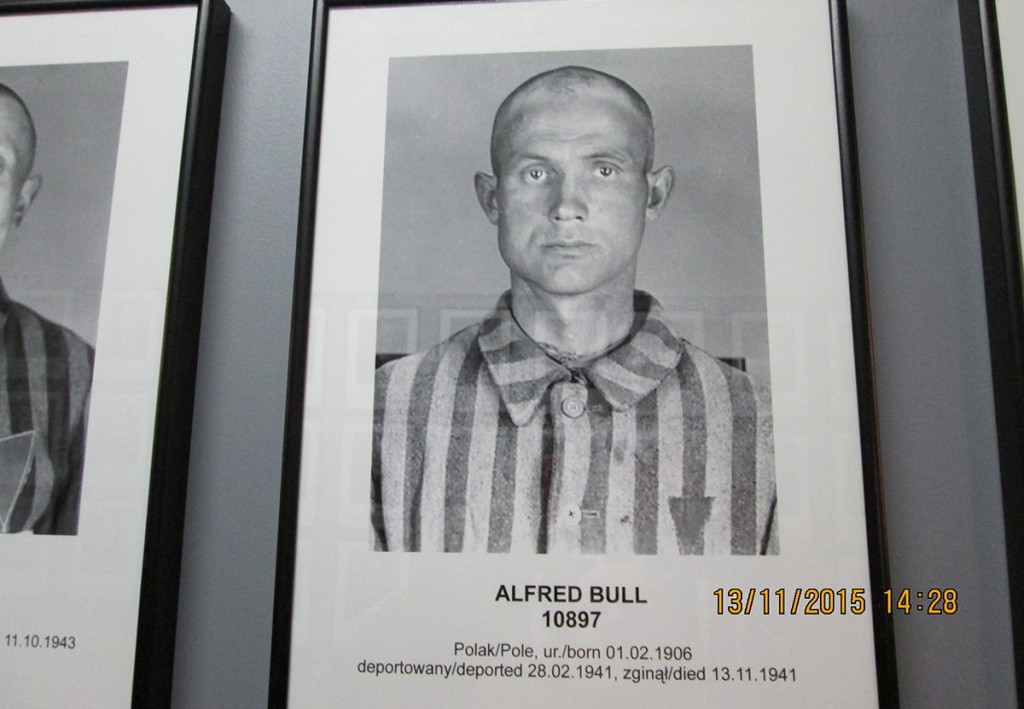
Where to Stay
We were fortunate enough to stay at the Copernicus, a small (29 room) boutique hotel, named after one of the University’s more famous students, but there are many fine hotels. Try to be within walking distance of the main square as this is one place to walk and walk – we did over 15 k each day.
The Stag Parties
Yes, there are groups of young men and women who have obviously come to over-indulge, but we found no trouble and the unobtrusive police presence ensures a quiet atmosphere. Bars called ‘Vodka and Beer’ and shops with the single word ‘Alkohole’ over the door provide for plenty of liquid entertainment and yes if you look for them there are discreet ‘gentlemen’s clubs’ but there are great clubs like Harris Piano Jazz Bar. We even ventured out to the opera for the Polish premiere of a new production of ‘King Roger’ by one of Poland’s most famous composers, the title role sung by Poland’s top baritone.
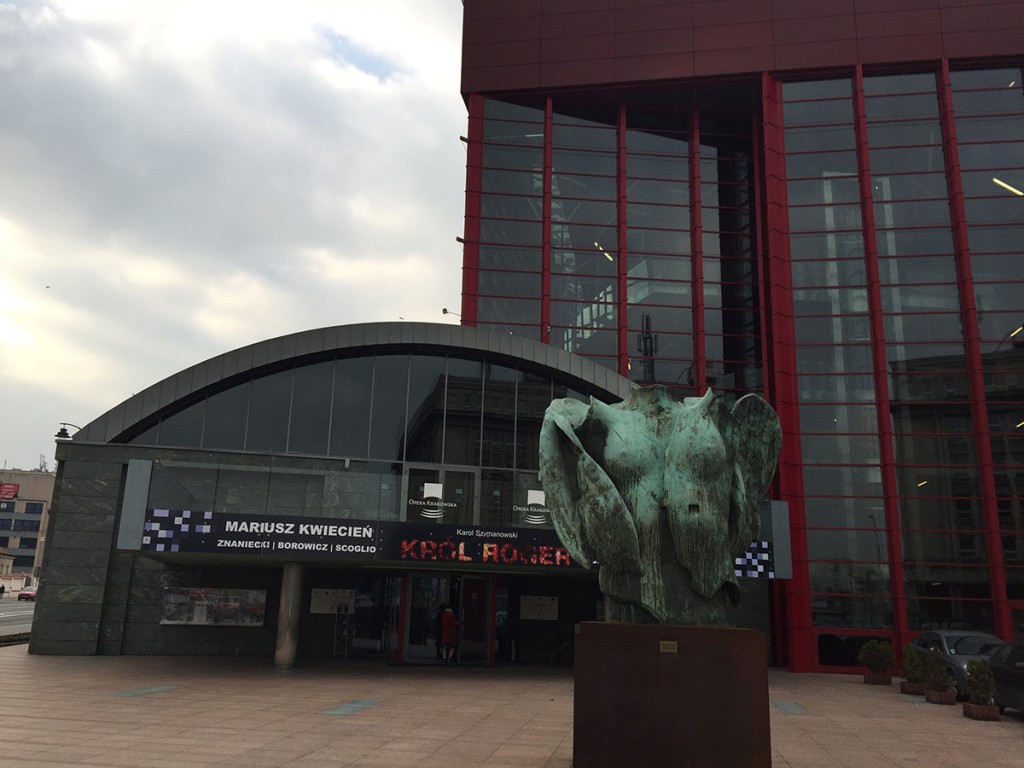
The Conclusion
Go for the architecture; the food; the bars; the churches; Auschwitz; there are so many reasons. But in one word: GO. You might even find me there again, because we are definitely going.
photo credits: Krakow Square at first light by Nico Trinkhaus